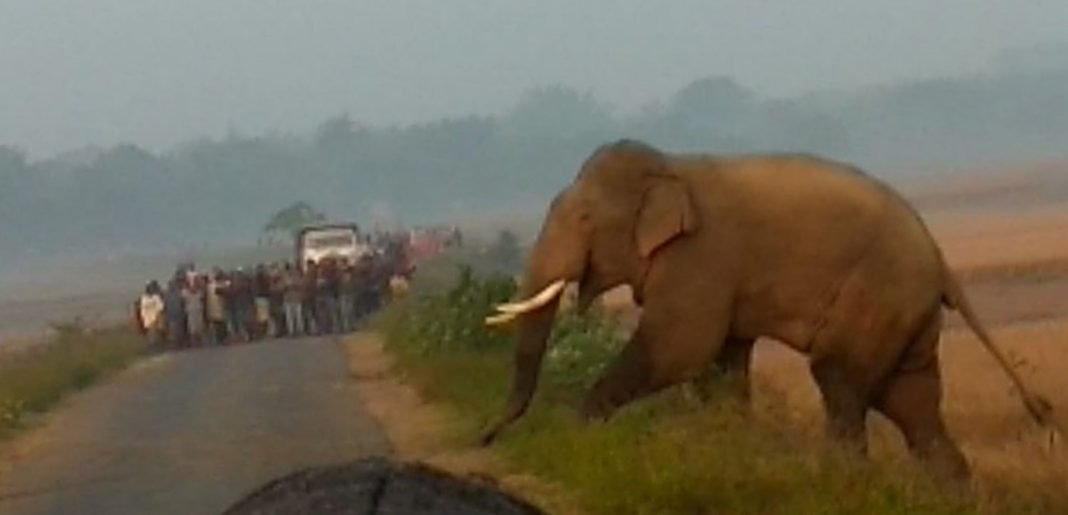Time To Address The ‘Jumbo’ Problem?

Bhubaneswar: Seven heads have rolled and a Crime Branch probe ordered since seven elephants were electrocuted, on the outskirts of Kamalanga village under Sadar Forest Range in Odisha’s Dhenkanal district late on Friday.
On September 5 this year, two elephants were killed at Badapokhari village in Jajpur district after coming in contact with live wire. On September 19, an elephant had met a similar fate at Uparjhara village of Deongaan in Balangir district.
In 2017, 13 elephants had fallen prey to electrocution in Jharsuguda district.
In the last 18 years, more than 175 elephants have been died due to electrocution in Odisha. The average comes to around 11 a year.
Unnatural deaths mount to 1,400 elephants since 1990. Of them, around 600 elephants have died in the last eight years itself.
Besides, man-animal conflicts are being reported from different districts of Odisha at regular intervals. People are being trampled to death, crops and properties destroyed by rampaging herd of elephants.
Noted environmentalist and educationist Dr Jayakrishna Panigrahi spoke to Odisha Bytes and explained the reasons behind wild elephants stay into human settlements.
Shrinking Forest
Forest areas have been shrinking with every passing day. The elephants are not getting enough space to move around in herds. Many parts of Bhubaneswar have been developed at the cost of Chandaka forest, which is an elephant sanctuary.
Deterioration of Forest Quality
Quality of forest has also been deteriorating. This is one of the major reasons for the man-animal conflict. Within elephants’ natural habitat, people are cutting the trees selectively. To meet their food and shelter needs, the mammals are entering human habitations. The dwindling forests no longer provide the requisite.
Elephant Corridors
A path connecting one forest to another is called a corridor. We need elephant corridors. The Odisha government had decided to establish such corridors to ensure their safety, but no steps have been taken yet. In the absence of such corridors, they have no choice but to pass through human settlements.
Fragmentation of Forest
Fragmentation of forest has robbed elephants of their natural habitats. Increase in mining activities, industries and development of township have led to fragmentation of forest, leading to face-offs between man and animals.
Population Explosion
Forests are being denuded for agriculture purpose, courtesy population explosion. Cash crops like rice, banana and sugarcane are being widely cultivated and these draw elephants to human habitations. These should not be grown near forest and to keep them at bay, farmers should opt for crops that elephants don’t consume.
This apart, farmers stored paddy in small houses built on agricultural lands. The elephants often destroy these and devour the paddy. Most importantly, they rummage through human settlements as forests have lost their rich flora.
Water Scarcity
During dry season, they keep coming out of the forest in search of water.
Lack Of Awareness
People living within or near forests should be properly rehabilitated to other places. The quality of forests should also be maintained. According to 2017 census, there are 1,976 elephants in Odisha and 27,312 in India. For protecting them, the state government should create awareness among the people not to interfere and destroy the natural habitations.
On the recent mishap, Dr Panigrahi said proper coordination between forest department, railway department and the electricity department is a must for preventing recurrence.
Immediate action should be taken against those responsible for such mishaps, he said.
Elaborating further, he also said the forest department personnel should immediately inform about hanging wires to electricity department. Blame game won’t help, he added.

Comments are closed.